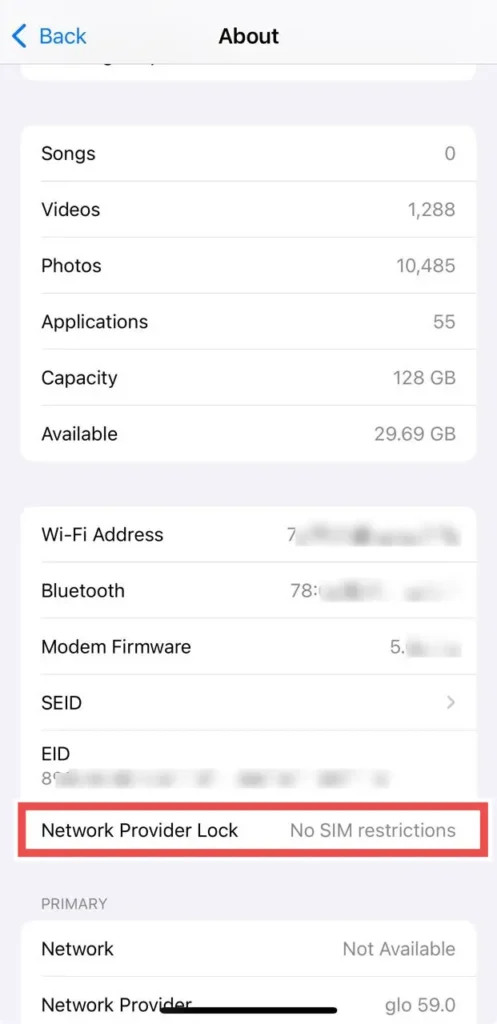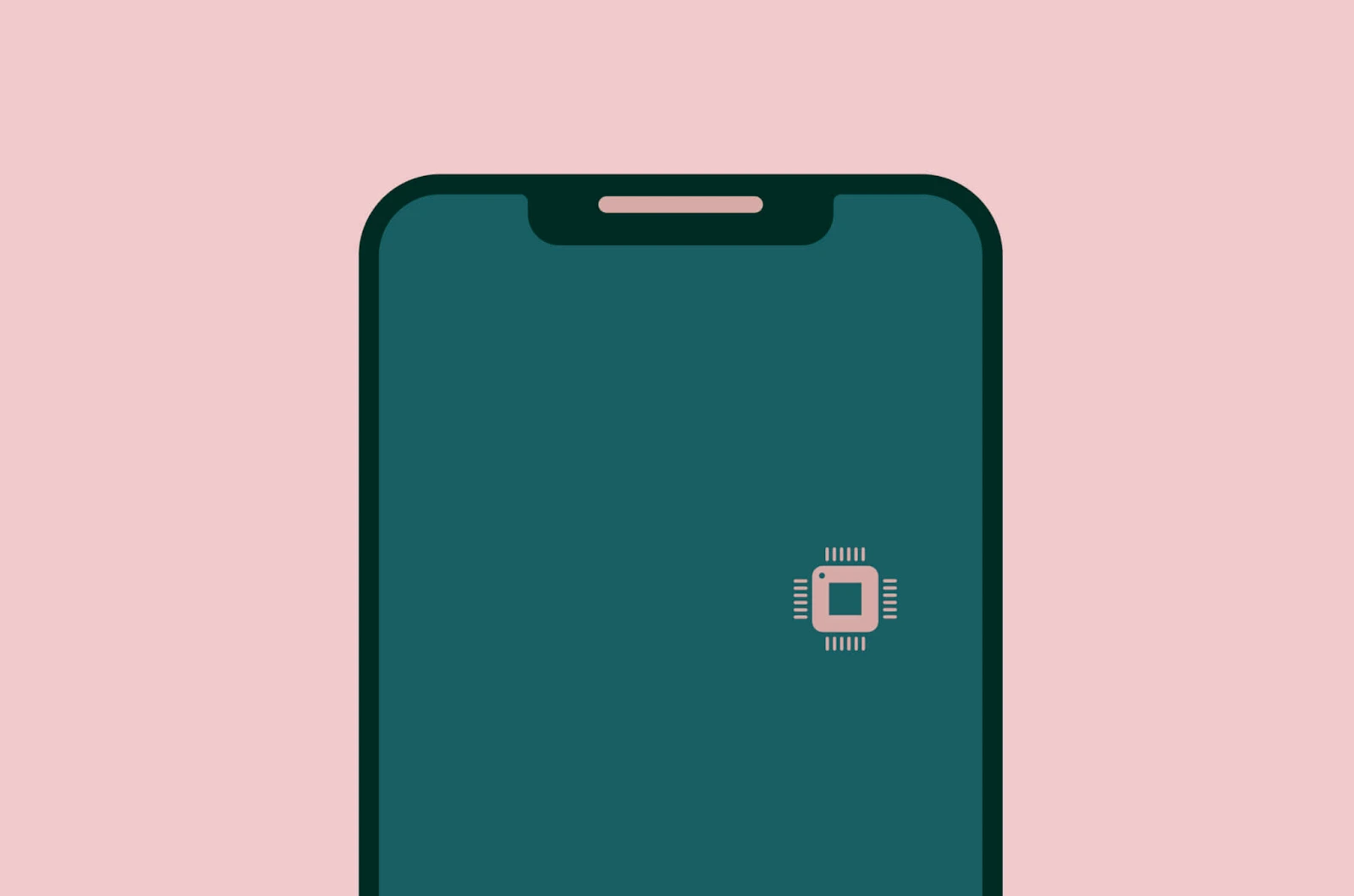The Embedded Subscriber Identity Module (eSIM) technology made its debut in Nigeria back in 2020, with MTN and 9mobile leading the charge, followed by Airtel in 2023. For many, the hassle of dealing with physical SIM cards—cutting them down to size, switching between devices, or even misplacing them—is all too familiar.
But with eSIMs, also known as virtual SIM cards, they are embedded directly into your device, and you may or may not have a need for a physical card.
While eSIMs may still be a novelty for some, those who’ve adopted the technology (travelers relying on local SIMs and public Wi-Fi abroad for instance) already see the benefits.
If you’re just hearing about eSIMs or wondering how they work, this guide will break down everything you need to know—from activation and compatibility to the benefits it brings.
What is an eSIM and how does it work?
An eSIM is a digital version of a SIM card that is built into your device, meaning you don’t need to insert a physical card. Instead, you simply install an “eSIM profile” from your carrier, and you’re connected to the network.
It works just like a regular SIM card, but without the need to swap cards. The eSIM is permanently inside the device and activated through software. You can add and switch between different carrier profiles directly from the phone settings to manage multiple lines or plans.
In short, the eSIM is a flexible, hassle-free upgrade to the traditional SIM card, providing the same functions but with more convenience.
Supported devices for eSIM in Nigeria
In 2024, many modern iPhone and Android devices support eSIM technology, but you have to confirm compatibility before making the switch.
For iPhones:
Apple provides more consistent eSIM support across its lineup.
- iPhones from the XS and XR models onward support eSIM.
- U.S. versions of the iPhone 14, 15, and 16 series are exclusively eSIM.
- iPads with cellular connectivity, such as the iPad Air, iPad Pro, and iPad Mini, also include eSIM functionality.
For Android phones:
Android devices offer varying levels of eSIM support based on the brand and model:
- Brands like Samsung, Google Pixel, Huawei, Oppo, Xiaomi, Vivo, and Nokia have integrated eSIM technology into several devices.
Compatibility varies though. For instance, the Samsung Galaxy A-series relies exclusively on physical SIM cards. The Galaxy S-series (from S20 onward) and Note series (from Note 20 onward) support eSIM.
How to quickly confirm eSIM compatibility on Android or iPhone
To ensure your device supports eSIM:
- Dial *#06# and press call.
- Look for an EID number. If one appears, your phone supports eSIM.

- Alternatively, check your device settings: Navigate to your phone’s SIM settings or Network settings, where eSIM support information is often displayed.

- Use your device’s IMEI (International Mobile Equipment Identity): Once you have the IMEI number, you can visit the manufacturer’s website or contact customer support to confirm whether your device supports eSIM.
Moreso, some network carriers and travel eSIM providers, like Ubigi, maintain updated lists of supported smartphones.
Note that: If your device uses more than one physical SIM card, you may need to disable or remove one of them temporarily to activate an eSIM, depending on your phone’s capabilities.
How to activate an eSIM on MTN and Airtel for the first time
Activation on MTN, Airtel, and 9mobile follows a similar process. Once you confirm your device is eSIM-compatible, these are the next steps to follow:
1. Contact Customer Care:
- Airtel: Dial 111
- MTN: Dial 180
Customer care agents will provide guidance on the activation process.
2. Visit a Service Center:
- For both MTN and Airtel, you’ll need to visit their nearest service center to swap your physical SIM to an eSIM.
3. Scan the QR Code:
- At the service center, the agent will provide a QR code. Use your phone to scan it, and the eSIM profile will automatically download onto your device.
4. Complete Registration:
- Like a physical SIM, your eSIM must be registered. You also have the flexibility to switch between your physical SIM and eSIM if needed.
Pricing: The activation process is free and generally quick.

How to add an eSIM on Android and iPhone
The process below is post-activation or in the case of adding a new eSIM as you can add up to two in one device.
On Android:
- Open Settings and tap on Network & Internet or Connections.
- Select SIM Cards or Mobile Networks.
- Tap Add eSIM or Add Mobile Plan (depending on your device).
- Use your device to scan the QR code provided by your carrier or manually enter the activation code.
- Complete the setup by following the prompts to activate the eSIM.
- If your Android supports multiple eSIMs, repeat the steps for additional plans.
On iPhone:
- Go to Settings, then tap “Mobile Service.”
- Then click on “Add eSIM.”
- Scan the QR code provided by your carrier or enter the activation code manually.
- Follow the on-screen instructions to complete the eSIM activation.
- You can add additional eSIMs by repeating the steps.
Once activated, your eSIM will automatically download the necessary settings and connect to your carrier’s network. You can also assign or label the sim as primary, secondary etc.

How to delete an eSIM
If you wish to delete an eSIM from your device, follow these steps:
- Go to Settings on your smartphone.
- Select Cellular or Mobile Data.
- Choose the eSIM you want to remove and select Delete or Remove eSIM.

Is an eSIM the right fit for you?
Although eSIM technology is seen as the next big step in mobile connectivity, its adoption has been slower than expected. Here’s what to consider:
Consider an eSIM if:
- You need a secondary line.
- You live in unsafe areas and need to reduce the hassle of carrying multiple devices.
- You travel frequently.
- You keep damaging or misplacing SIM cards.
- Your new SIM card keeps giving errors despite troubleshooting.
- You want to better manage personal and business lines.
Reasons to wait on an eSIM:
- eSIM-compatible phones can be expensive, making them inaccessible for some
- It may seem complicated or daunting at first
- Lack of clear instructions or guidance can be frustrating
- Some users find it annoying not being able to check their data balance
- Activation can be tricky, especially for foreign visitors trying to connect quickly
Final thoughts
As highlighted earlier, the potential for the eSIM technology to simplify connectivity and improve user experiences in Nigeria is undeniable. For international travelers, providers like Saily, Nomad, and Jetpac offer flexible plans tailored to your destination, data needs, and travel duration. As awareness grows and more affordable devices adopt eSIM functionality, this innovation could soon become a regular part of how Nigerians stay connected.
FAQs on eSIMs
What’s the difference between eSIM and physical SIMs?
Mini, micro, and nano SIMs are physical cards of varying sizes that need to be inserted into a device. eSIM, however, is a built-in chip inside the device and cannot be removed or replaced.
What is an eSIM profile?
An eSIM profile is the digital version of operator details that connect your device to a network. Unlike physical SIMs, eSIMs let you download and switch between profiles.
Can I transfer eSIM from one phone to another?
Yes you can transfer eSIM! Simply keep the original QR code! You can take a pic and save it in your email.
How much would my ISP charge to activate eSIM?
Activating an eSIM is completely free.
Can it be done offline?
No. you need data or network to download your eSIM profile
How long does eSIM activation take?
Activation times vary by provider. QR code-based activation typically takes a few minutes, as it involves switching between the provider’s app, email, and devices.
How do I switch from a SIM card to an eSIM?
You’ll need to perform a SIM swap. If it’s for a new phone, a customer agent will assist with the swap.
Does Glo Nigeria support eSIMs?
As of now, Glo Nigeria does not support eSIMs.
Why is my device listed but can’t use eSIM?
Some device variants or carrier-locked phones don’t support eSIM, as noted in the list above. Check the list and carrier lock status, then contact your carrier to unlock your device if needed.
Get passive updates on African tech & startups
View and choose the stories to interact with on our WhatsApp Channel
Explore




